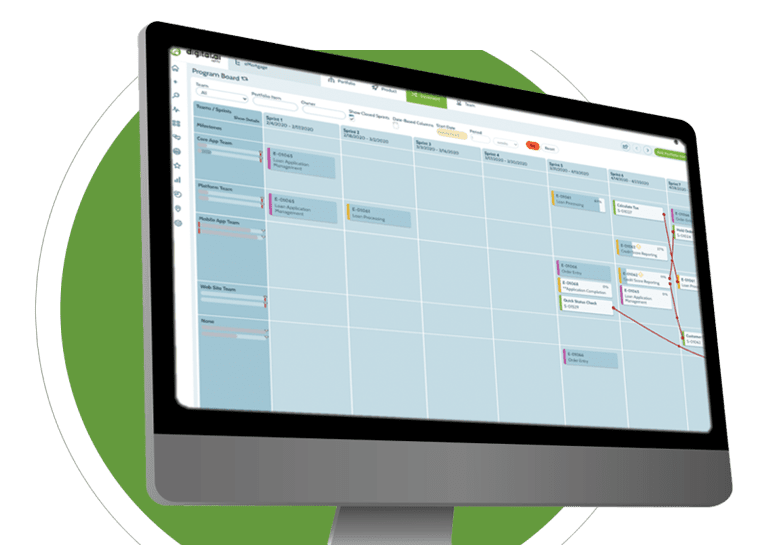Use Cases
- Compatible with AWS, GCP, and Azure as well as on-prem systems such as WebSphere, WebLogic, and IBM z/OS to support hybrid and multi cloud environments. This allows insurers to manage modern cloud environments while continuing to support important platforms which are reliant on on-prem or legacy technologies
- With centralized orchestration, insurers can define and enforce repeatable, auditable workflows across development, test, and production environments. This automatically enforces compliance with industry mandates like NIST, ISO-27001, and SOC 2, and enables insurance companies to release software faster and with greater confidence
- All processes and activities-such as code changes, approvals, deployments, and rollbacks-are automatically tracked and recorded in real time. This helps insurers follow mandates, reduces the risk of undetected errors or unauthorized changes, and builds confidence in integrity across the SDLC
- Insurance providers operate multiple platforms simultaneously, ranging from claims and underwriting systems to customer portals and regulatory reporting tools. Facilitate 1000s of simultaneous deployments across hybrid infrastructures, ensuring efficient and reliable delivery across complex enterprise environments
- Rollback support allows enterprises to confidently update systems without compromising uptime or customer experience. This is important for applications addressing claims adjudication and billing-where delays or errors can result in lost revenue or customer dissatisfaction
- By scaling pipeline automation across legacy and modern platforms, manual work is reduced, innovation is accelerated, and digital transformations can be successfully implemented
- Receive clear, guided instructions for configuring new tools and environments. This ensures teams can quickly operate legacy systems and cloud native applications
- Built-in analytics provide visibility into how tools, environments, and workflows are performing and being used. This helps identify which applications are operating efficiently and which processes are introducing delays or risk
- By continuously monitoring tool usage and environmental activity, insurers can confirm that standardized practices are being followed. This ensures consistent processes and performance across teams and environments

